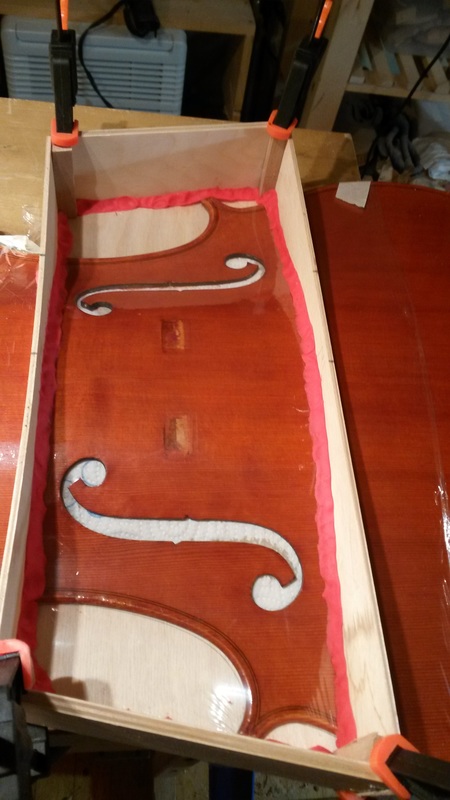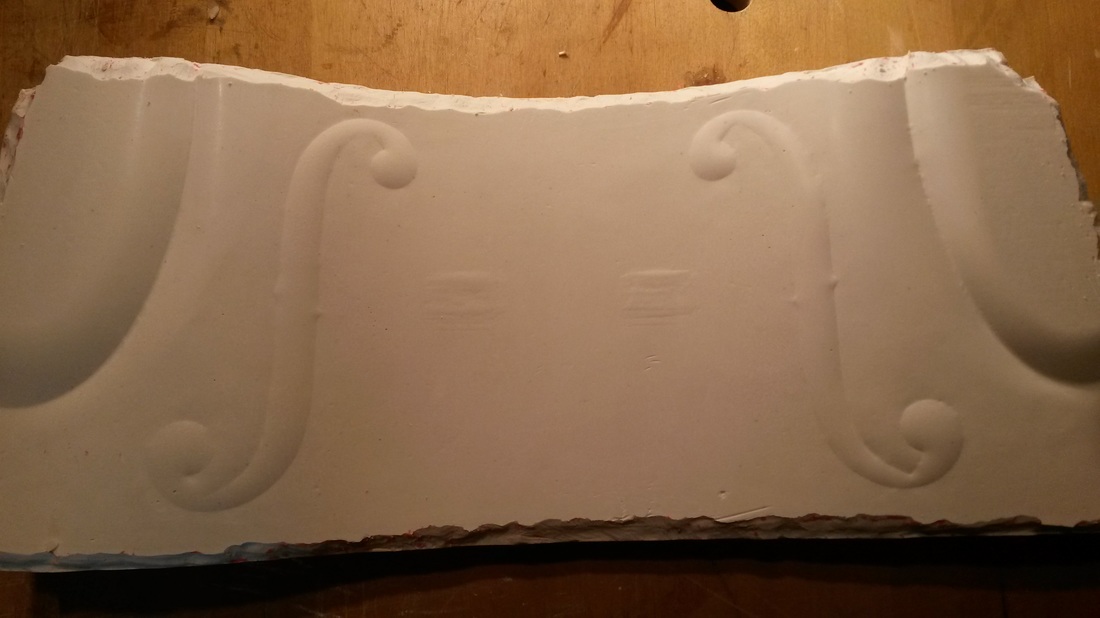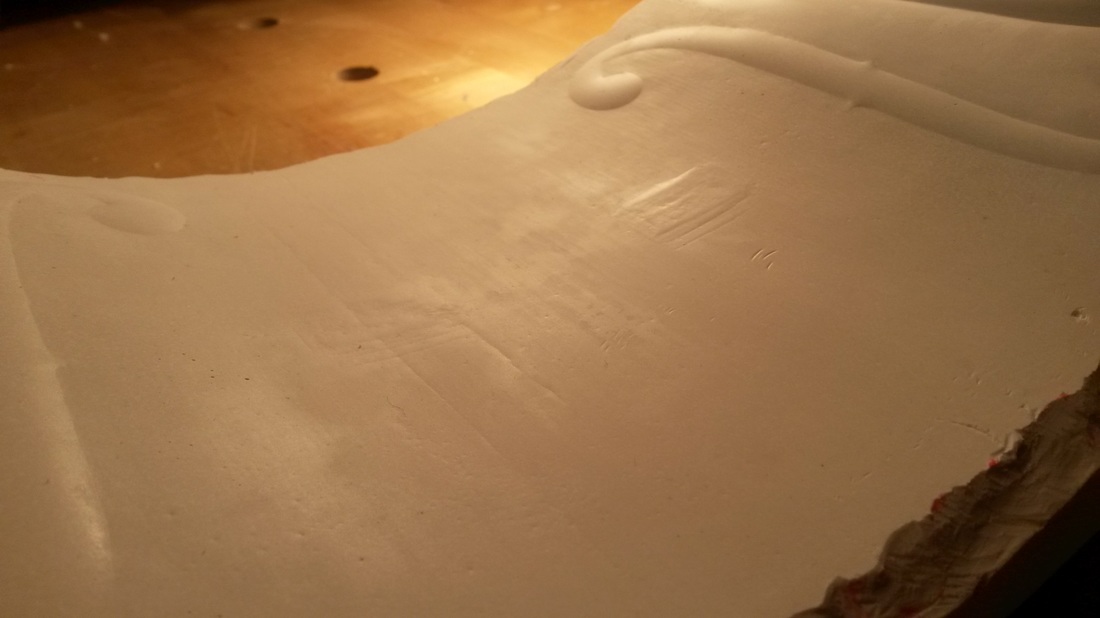Apple-flavoured cast, anyone? (I opted for the strawberry, thinking I might want to actually play with the apple).
Meanwhile, in my garden a pair of wrens are busy building an entirely different structure, something I could happily spend many hours watching. But there is a violin to be built, so back to the workbench it is.



 RSS Feed
RSS Feed